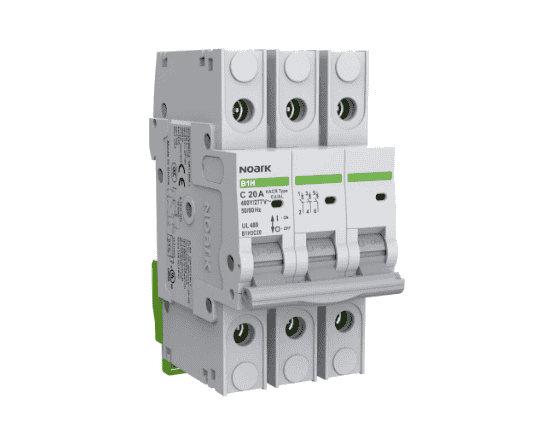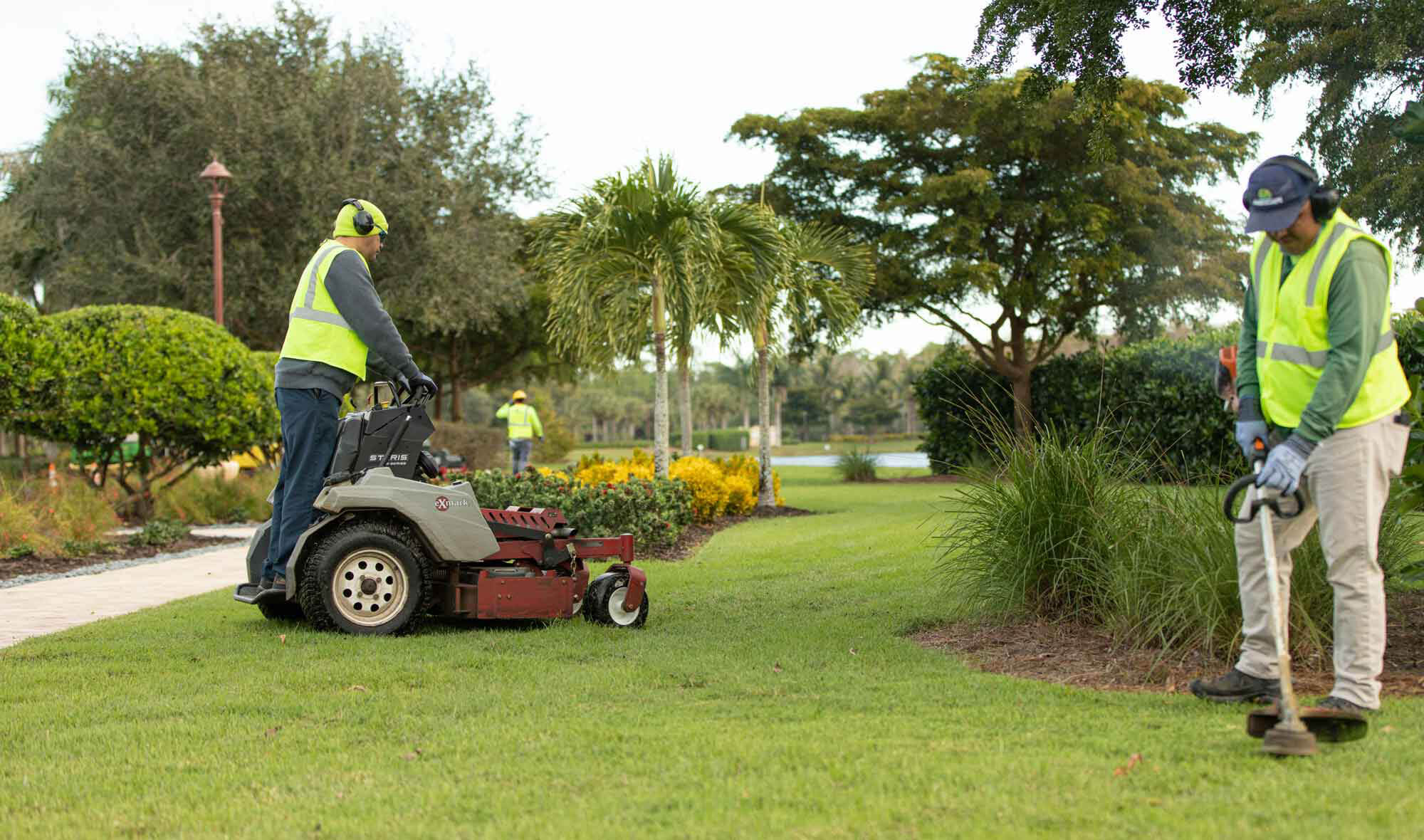When it comes to protecting your vehicle’s exterior, two popular options often come up: paint protection film Lone Tree (PPF) and ceramic coating. Both offer unique benefits and protection levels, making it crucial to understand their differences before making a decision. In this comprehensive guide, we’ll explore the key features of each, helping you determine which option is the best fit for your car.
What is Paint Protection Film?
Paint Protection Film, commonly referred to as a clear bra, is a thermoplastic urethane film applied to the painted surfaces of vehicles. Its primary purpose is to protect against environmental damage, such as scratches, rock chips, and UV rays. Here’s a closer look at its benefits:
Benefits of Paint Protection Film
• Durability: PPF is designed to withstand harsh conditions, including road debris, bugs, and minor abrasions. It acts as a barrier, preventing damage to your car’s paint.
• Self-Healing Properties: Many modern PPFs feature self-healing technology, which means that minor scratches can disappear over time when exposed to heat.
• Invisible Protection: A clear bra is virtually invisible once applied, allowing your car’s original color and shine to show through without compromising its aesthetic appeal.
• UV Protection: Paint protection film blocks harmful UV rays that can cause your car’s paint to fade over time, preserving its vibrant color.
What is Ceramic Coating?
Ceramic coating is a liquid polymer applied to a vehicle’s exterior, forming a chemical bond with the paint. This protective layer creates a hydrophobic surface, making it easier to clean and maintain. Let’s examine the advantages of ceramic coating:
Benefits of Ceramic Coating
• Enhanced Shine: Ceramic coatings provide a glossy finish that enhances your car’s appearance, giving it a freshly waxed look without regular upkeep.
• Chemical Resistance: Ceramic coatings are resistant to harsh chemicals, making them effective against contaminants like bird droppings, tree sap, and road grime.
• Hydrophobic Properties: The hydrophobic nature of ceramic coatings causes water to bead and slide off, reducing the need for frequent washing.
• Longevity: While ceramic coatings don’t last forever, they can provide protection for several years with proper maintenance.
Comparing Paint Protection Film and Ceramic Coating
1. Level of Protection
When it comes to protection, paint protection film often offers superior defense against physical damage like scratches and chips. Its thick, durable material is designed to absorb impacts. Conversely, while ceramic coating provides excellent chemical resistance and enhances shine, it doesn’t provide the same level of physical protection against debris and scratches.
2. Application Process
• Paint Protection Film: Applying PPF typically requires professional installation. The process can take several hours, as each panel must be meticulously covered to ensure full protection.
• Ceramic Coating: Ceramic coatings can be applied by professionals or as a DIY project. However, for the best results, professional application is recommended, which may also take several hours.
3. Maintenance Requirements
• Paint Protection Film: Once installed, PPF requires minimal maintenance. Routine washing is sufficient, and it can be polished to remove minor scratches and maintain clarity.
• Ceramic Coating: While ceramic coatings offer low maintenance due to their hydrophobic properties, they may need to be topped up every few years to maintain their protective qualities.
4. Cost Considerations
Both options come with their price tags, but they vary:
• Paint Protection Film: Generally, PPF is more expensive upfront due to the cost of materials and professional installation. Depending on the vehicle and coverage area, costs can range from $500 to over $2,500.
• Ceramic Coating: Ceramic coatings are often more budget-friendly, with professional application costing between $500 and $2,000, depending on the quality of the product and the vehicle size.
Can You Combine Paint Protection Film and Ceramic Coating?
Yes! In fact, many car owners opt to use both protective measures. Applying a ceramic coating over paint protection film can enhance the overall protection and appearance of your vehicle. The ceramic coating can add an extra layer of hydrophobicity, making the film even easier to clean and maintain.
When to Consider Car Window Tinting
While paint protection film and ceramic coating focus on the vehicle’s exterior, car window tinting can also play a crucial role in protecting your vehicle. Here are some benefits:
• Heat Rejection: Tinted windows help reduce heat buildup in your vehicle, making it more comfortable in hot weather.
• UV Protection: Car window tinting blocks harmful UV rays, protecting both your skin and your car’s interior from fading and cracking.
• Increased Privacy: Tinted windows provide added privacy and security, deterring potential thieves from targeting your vehicle.
Conclusion
Choosing between paint protection film and ceramic coating depends on your specific needs and priorities. If you’re looking for robust protection against physical damage, paint protection film may be the best choice. It provides a durable, self-healing barrier against scratches, chips, and environmental contaminants.
On the other hand, if you want enhanced shine and ease of maintenance, a ceramic coating could be more suitable. It excels at chemical resistance and offers a hydrophobic finish that simplifies cleaning.
Ultimately, many car enthusiasts find that combining both options yields the best results. A clear bra can protect your vehicle’s paint, while a ceramic coating can enhance its overall appearance and ease of maintenance. And don’t forget about car window tinting, which can provide additional comfort and protection for your vehicle’s interior.
Whichever option you choose, investing in quality protective measures will help maintain your car’s aesthetic appeal and resale value for years to come. commercial window tinting Greenwood Village


